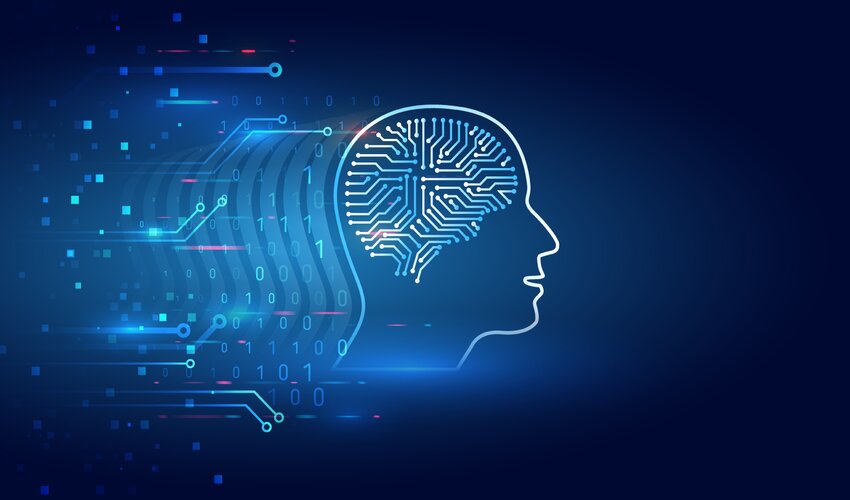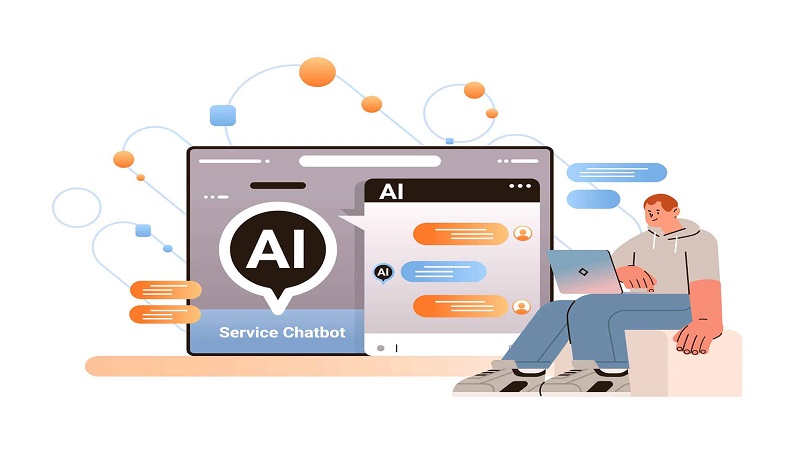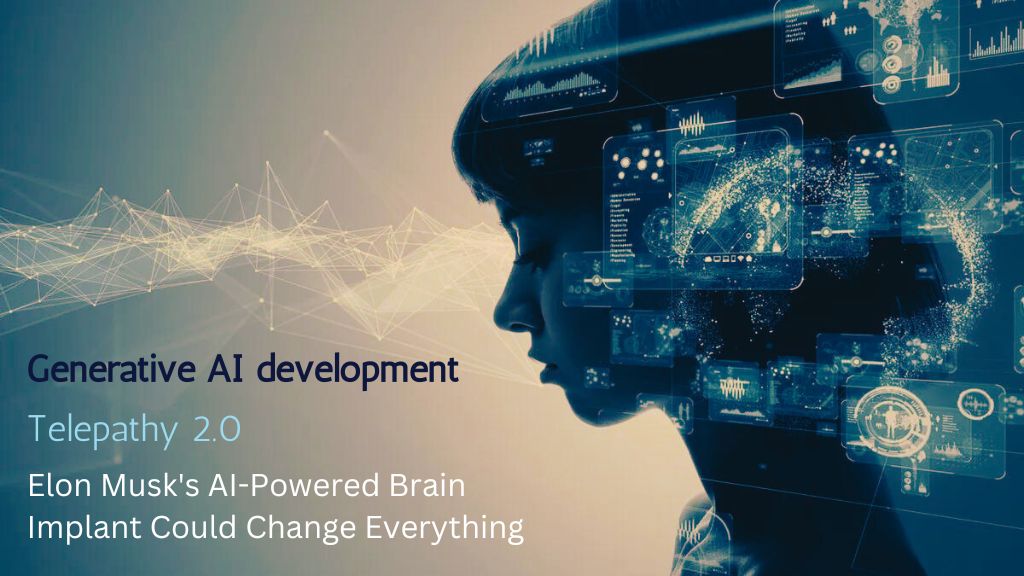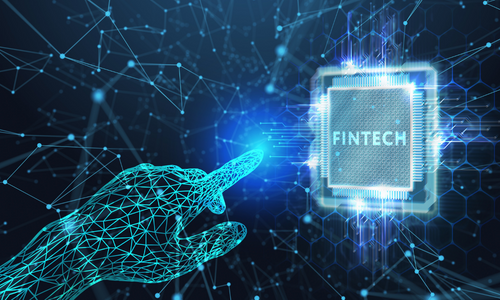The fields of data science and artificial intelligence (AI) are two different concepts that frequently take center stage in the rapidly evolving world of technology. Despite their apparent similarity, they are distinct fields with distinct purposes. The differences between these, as well as their respective roles and contributions to the modern world, will be covered in this blog post.
The Definition of Artificial Intelligence (AI)
AI is the acronym for artificial intelligence, which describes the development of computer systems that are capable of handling tasks that would typically require human intelligence or involvement. These tasks span a wide range, from simple decision-making to complicated problem-solving. AI programs adapt their actions in response to data and gain knowledge from their mistakes. ML and DL, two branches of artificial intelligence services, use large datasets to train models for predictions or judgments.
Examining Data Science
On the other hand, data science is focused on deriving knowledge and insightful information from data. It includes a variety of methods, such as statistical analysis, data visualization, and predictive modeling. Data scientists are responsible for gathering, scrubbing, and examining data to find patterns, trends, and correlations. Data science-derived insights help people make well-informed decisions and direct business strategies.
Focus and Objectives
The objectives that AI and data science both aim to accomplish are where their main differences lie. Building intelligent systems that can decide for themselves and learn from data is the aim of artificial intelligence (AI). Automating cognitively taxing tasks like object recognition, natural language processing, and autonomous driving is one of its main goals.
The goal of data science, in contrast, is to use data to extract information that can be used to support justifiable decisions. It involves identifying trends, correlations, and patterns that can aid companies in enhancing client satisfaction, streamlining processes, and fostering innovation.
Methods and Techniques
AI heavily depends on machine learning and deep learning methods to accomplish its objectives. To identify patterns and make predictions, these methodologies use large datasets to train algorithms. To process complex data and carry out tasks like image and speech recognition, neural networks, a subset of deep learning, mimic the structure of the human brain.
On the other hand, AI in data science includes a wider range of methods. These include data collection, data cleaning, exploratory data analysis, statistical modeling, and data visualization. Data Scientists use these techniques to transform raw data into meaningful insights that support decision-making.
Applications in Real Life
Healthcare, finance, manufacturing, and entertainment are just a few of the sectors where artificial intelligence has found use. Examples of AI-driven innovations that improve convenience and efficiency include streaming platforms with recommendation engines, virtual assistants like Siri and Alexa, and self-driving cars.
Applications of data science can be found in numerous industries. Retailers use data science to improve inventory control, healthcare providers use data to enhance patient outcomes, and marketing experts use data-driven insights to target campaigns to particular audiences.
Artificial intelligence vs. data science: what distinguishes each field from the other?
Industries greatly benefit from AI and data science. Although it is occasionally believed that AI and data science are interchangeable, this is not always the case. Following are some ways that AI and data science differ from one another:
- Description: Data collection and analysis are processes used in data science. All that must be analyzed in AI are potential patterns and trends.
- Scope: Artificial intelligence is only capable of ML algorithm implementation, whereas data science encompasses a variety of underpinning data operations.
- Data Types: Contrary to artificial intelligence, which uses standardized data in the form of vectors and embeddings, data science will use a variety of data types, including structured, semi-structured, and unstructured types.
- Tools: Mahout, Shogun, TensorFlow, PyTorch, Kaffe, and Scikit-Learn are some of the tools used in artificial intelligence, and Keras, SPSS, SAS, Python, R, and other tools are used in data science.
- Applications: Artificial intelligence is used in many different industries, including those in the manufacturing, robotics, automation, healthcare, and transportation sectors. However, in addition to Internet search engines like Google, Yahoo, and Bing, data science applications are also used in many other industries, including marketing, banking, advertising, and many more.
- Process: Using a predictive model, future events are foreseen in the artificial intelligence (AI) process. Data science includes, however, data analysis, visualization preprocessing, and prediction. As a result, when comparing the processes of data science and artificial intelligence, AI requires much more sophisticated, involved processing than data science.
- Techniques: Artificial intelligence uses computer algorithms to solve problems, whereas data science employs a wide range of statistical and mathematical techniques. We can therefore say that data science uses data analytics tools when comparing its methods to those of artificial intelligence. The application of ML methods is a component of artificial intelligence. Artificial intelligence encompasses machine learning. The resources necessary to comprehend the data are made available by machine learning. Three methods exist for machine learning. They use reinforcement learning, unsupervised learning, and supervised learning, respectively.
- Purpose: Automating processes and giving data models autonomy are the main goals of artificial intelligence. But identifying the patterns that are concealed in the data is the main objective of data science. These two are different from one another in that they each have a unique set of purposes and objectives.
- Multiple Models: Models are developed in artificial intelligence that are meant to resemble human comprehension and cognition. In data science, models are built to generate statistically significant insights for decision-making.
- Degree of Scientific Processing: When compared to data science, which employs less scientific processing, artificial intelligence will employ a very high level of scientific processing.
Conclusion
In essence, even though both AI and data science are centered on data, they have different goals and methods. While Data Science focuses on extracting insights from data to drive informed decisions and advance various industries, AI aims to create intelligent systems that can mimic human intelligence and decision-making. Both disciplines will be crucial in influencing our increasingly data-driven world as technology develops.
Author Bio:
Meet Mr. Rangaswamy. He is an experienced SEO and Content Publisher working with Pranathi software services company which provides the best Artificial Intelligence Services and ML Development Services. He crafts compelling stories that are informative, create and engage!
















Leave a Reply